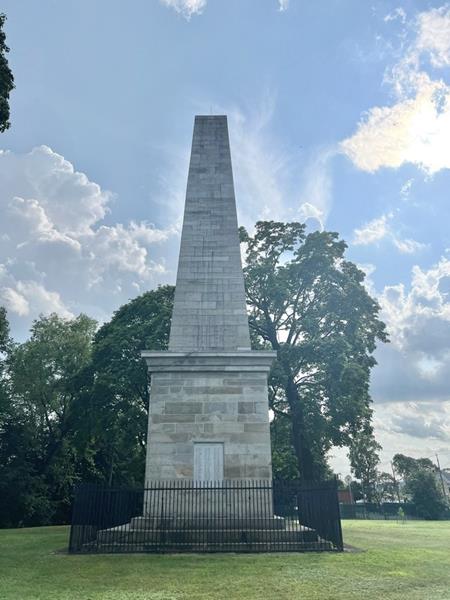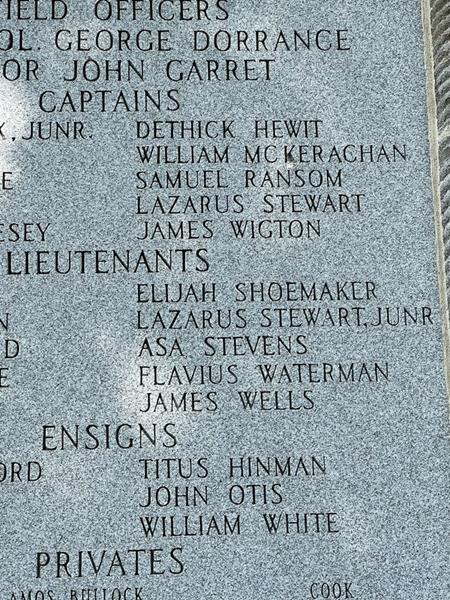James WELLS
SAR Patriot #:
P-316392
The following information was assembled from numerous sources and cannot be used directly as proof of Qualifying Service or Lineage.
It is considered a research aid and is intended to assist in locating sources that can be used as proof.
State of Service: CT
Qualifying Service: Lieutenant
DAR #: A122513
Birth: 10 Jan 1732 Colchester / Hartford / CT
Death: 03 Jul 1778 Wyoming Valley / Luzerne / PA
Qualifying Service Description:
- 1st Lieutenant, Capt Robert Durkee Co, Wyoming Valley, PA
- Slain in Battle of Wyoming Valley
Additional References:
- Johnston, CT Men in the Rev, pg 263
- Heverly's History, Vol XI, pg 443
- Heverley's Pioneers and Patriots, Vol 2, pg 103, 435, 166
Spouse: Hannah Loomis
Children: Alice; Amasa; Guy; James; Theodosia;
Members Who Share This Ancestor
| Date Approved | Society | ACN | SAR Member Info | Lineage via Child | View Application Detail | |
|---|---|---|---|---|---|---|
| 1973-03-06 | NH | Unassigned | Edward P Wells (103342) | James | ||
| 1975-05-30 | CA | Unassigned | George Leland Bussey (107545) | Theodotia | ||
| 1976-10-13 | CA | Unassigned | Robert W Bussman (111592) | Guy | ||
| 1983-02-28 | PA | Unassigned | Glenn Ferris Bennett (121727) | Alice | ||
| 2010-03-30 | CA | 38360 | Robinson Hubert Jones (176514) | Guy | ||
| 2016-01-20 | KY | 67687 | Robert Glenn Sholly (197433) | Alice | ||
| 2016-01-20 | KY | 67688 | Jefferson Caldwell Sholly (197434) | Alice | ||
| 2018-03-07 | TX | 79879 | David Adam Pembleton (206699) | Alice | ||
| 2019-10-04 | NY | 87381 | Patrick H. Flynn (213217) | Alice | ||
| 2019-10-04 | NY | 87382 | Brian Paul Flynn (213218) | Alice | ||
| 2019-10-04 | NY | 87383 | Patrick Henry Flynn (213219) | Alice | ||
| 2020-08-21 | TX | 93440 | Harry R. Woodstrom (216687) | Alice |
Location:
Wyoming / Luzerne / PA / USA
Find A Grave Cemetery #:
Marker Type:
SAR Grave Dedication Date:
Comments:
- Photos used with permission of Compatriot Mitchell Anderson, 229001, KYSSAR
- Hannah Loomis Wells, wife of James, Find-a-Grave Memorial # 6624833
- Buried Merryall Cemetery (Find-a-Grave Cem. ID 45404)
- Sec. 3; Lot 96; Grave 21 within the Old Section
- Biography in memorial
Directions to Cemetery / Gravesite:

